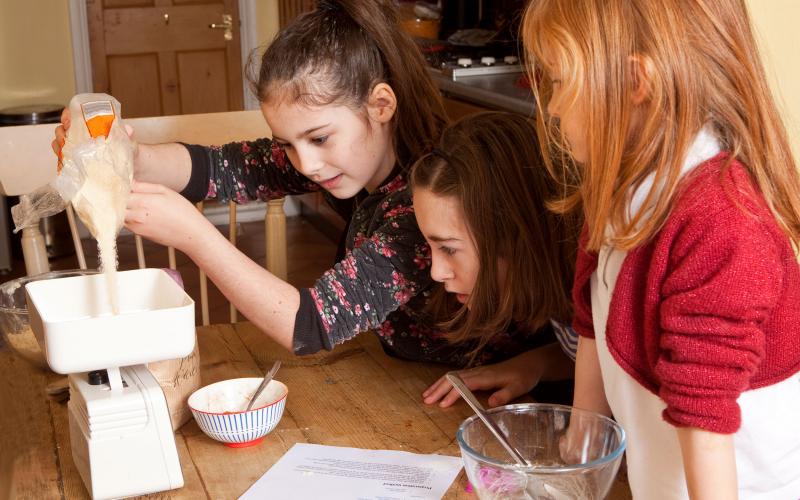One of the most critical skills any scientist or engineer must have is the ability to communicate effectively. Scientific discovery is only beneficial if it can be effectively communicated to the public, other researchers, and engineers. Some ways in which scientific information is communicated include: written reports, presentations, and display boards or posters.
For youth participating in scientific discovery, posters and display boards are a very common form of communicating scientific information. Posters and displays require information to be presented in a limited amount of space. This requires the researcher determine an effective yet efficient manner in which to display the information.
What should you include?
One of the first steps when designing a display is determining what content is needed to convey the story. It is important that the audience is able to determine the ‘What?’, ‘Why?’, ‘How?’ of the project as well as identify the conclusion made. In order to effectively do this, displays should contain at minimum:
- Title: The project title should be brief yet thought provoking to engage the audience in further exploring the displays message.
- Abstract: The abstract provides a complete summary of the project and entices readers into reading all the content presented.
- Objective: The objective statement describes the purpose of the project and why it is important. It may also include anticipated outcomes. Some projects and programs may refer to this section as ‘Question and Hypothesis’.
- Materials & Methods: This section provides information of how the study was conducted and any procedures and materials that would be needed to replicate the study.
- Results & Data: This section provides all the important analysis and data results. Graphs and charts play a critical role in telling the story, but be certain that they can be easily read and understood.
- Conclusions: This final section of the display summarizes the results in a few sentences and describes how the results support drawn conclusion.
How should it look?
How the content is displayed plays an important role in conveying the science as well. The content mentioned above should be displayed in a chronological order allowing the audience to read through the material without confusion. Ideally, a display will be presented in a manner that allows the audience to read and comprehend the content in ten minutes or less. There are a variety of design items to consider that will help with this:
- Font: The size, style, and color of the font plays a large role in the readability of the display. Any main body text should be at least a 16-point traditional font (i.e. Arial, Times New Roman, or similar fonts).
- Color: Color can be used to grab the attention of the audience, but if the wrong colors are used it can make information very difficult to read. Be sure that to choose colors that contrast which allows text to stand out from the background. Also, remember when designing a color scheme less is more. Keep your color choices to two main contrasting colors with one to two additional colors that are used sparingly for adding emphasis.
- White Space: The blank space of the display board is as vital as the pictures and words that are presented. White space guides the audience’s eyes and allows the content to stand out. Too much white space causes eyes to wonder while too little can be overwhelming.
While color is a great way to add emphasis and grab attention, the purposeful use of high quality pictures and graphics can also help. Photos are a great way to tell the story of the process and allow the audience to visualize the story. Be sure that captions are provided for each photo use. Graphs and charts are necessary to explain data and its significance. Be certain to label the charts and graphs so that the audience can understand what the data is telling them.
For more ideas and examples for designing a science display check out Science Buddies Project Guide.


